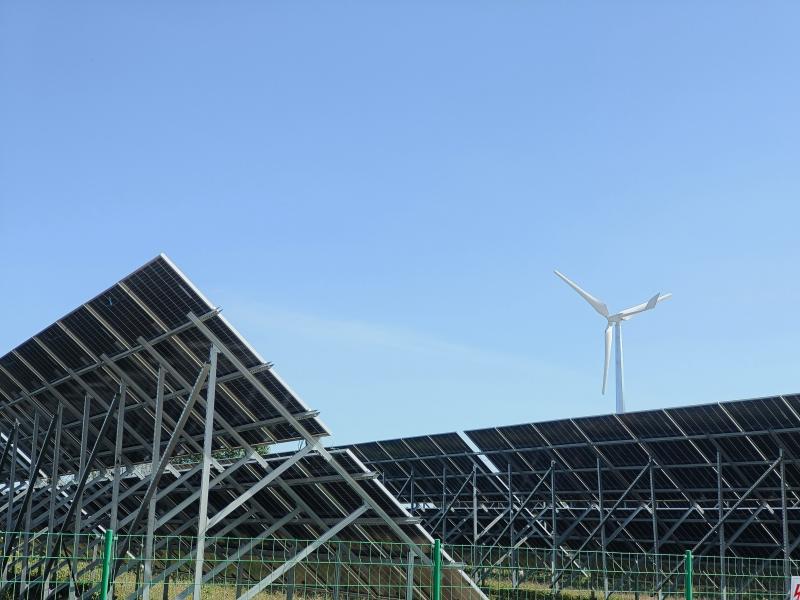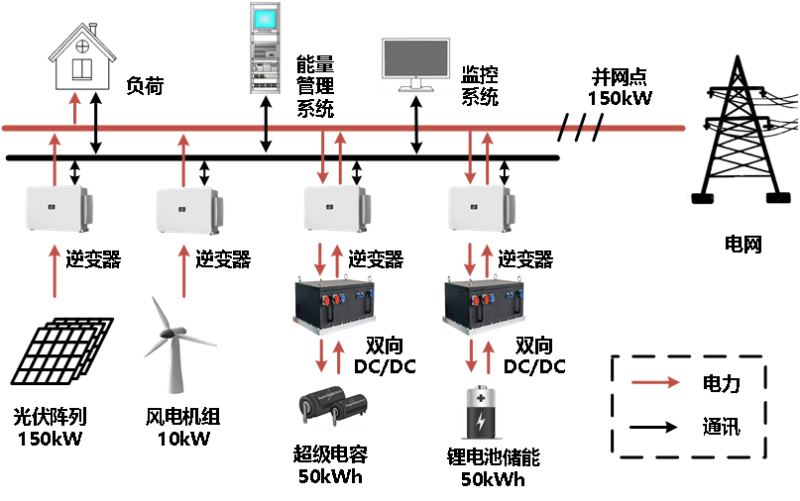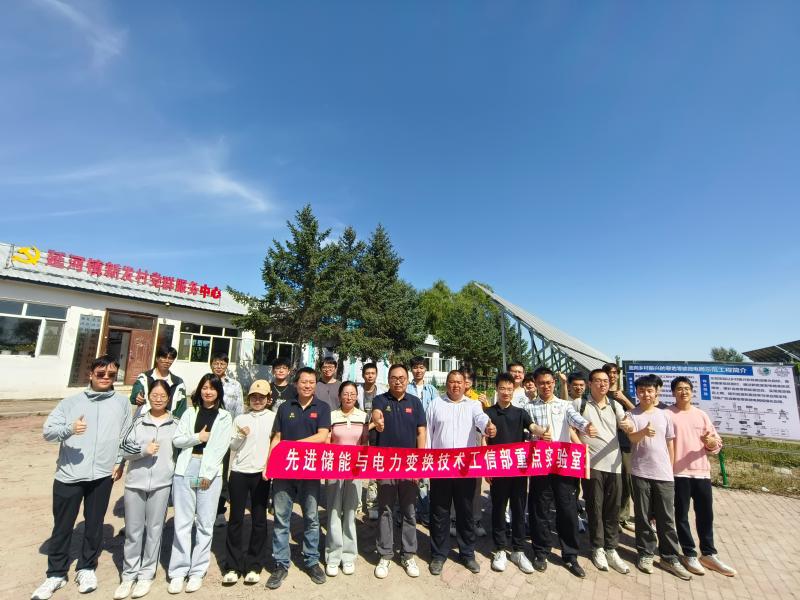Harbin Institute of Technology and State Grid Heilongjiang Electric Power Co have recently completed the "Cold Region Zero-Carbon Microgrid System Research and Demonstration Project for Rural Vitalization."

The Cold Region Zero Carbon Microgrid Wind and Solar Power Generation Project in Xinfa village is officially put into operation.[Photo/hit.edu.cn]
The team focused on key technologies such as optimizing wind and solar storage capacity planning for cold region microgrids. From plan and design, to optimization and operation, they have enhanced the stability of power supply in cold region microgrids.
In the self-developed "supercapacitor + lithium battery" hybrid energy storage management system, supercapacitors are responsible for the fast charging and discharging of the battery, while lithium batteries provide long-lasting and stable energy.
This combination addresses issues of poor power quality and low efficiency caused by fluctuations in wind and solar power, resolving operational control challenges in extreme weather conditions. It supports low-carbon, safe, and efficient operation of rural distribution networks. Moreover, the microgrid system applies entirely domestic equipment and a modular architecture, making it easy to promote.

A topology diagram of Yanshou county's new energy microgrid system[Photo/hit.edu.cn]
The microgrid demonstration project in Xinfa village, Yanshou county, has improved power supply reliability and energy utilization efficiency. It is estimated that the project can reduce carbon emissions by about 200 metric tons annually. The green electricity generated not only meets the village's needs, but also provides continuous electricity revenue for the village.
The success of the Xinfa's project marks the potential for the cold region zero-carbon microgrid to transition from technical demonstration to large-scale application.

Members of the project team pose for a photo in Xinfa village.[Photo/hit.edu.cn]

